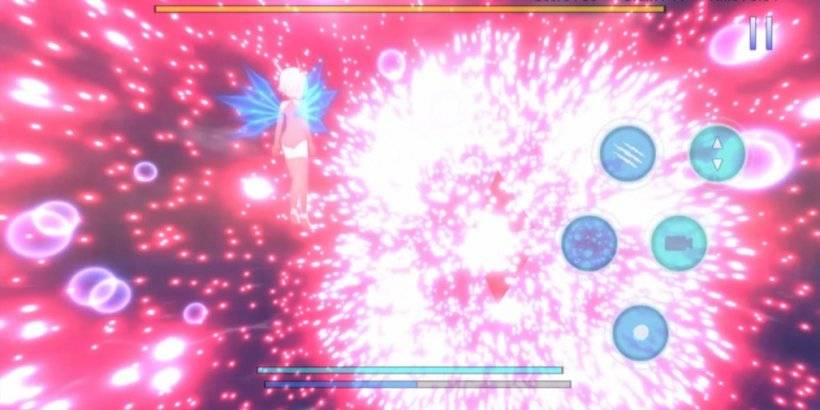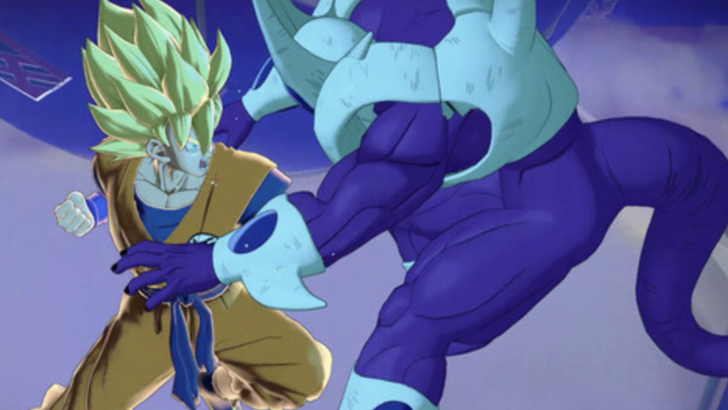\"Angry Kirby\" Explained by Former Nintendo Employees
- By Ava
- Feb 28,2025
This article explores the evolution of Kirby's marketing and localization in the West, specifically addressing the "Angry Kirby" phenomenon. Former Nintendo employees shed light on the strategic decisions behind the character's altered image in Western releases.

A Tougher Kirby for Western Audiences
Nintendo's strategy involved presenting a more determined, even "tougher," Kirby to Western audiences, particularly boys, as opposed to the consistently cute portrayal in Japan. This shift, evident in game covers and artwork, is detailed by former Nintendo Localization Director Leslie Swan, who clarifies that the goal wasn't to depict anger, but rather a sense of resolute determination. This approach was contrasted with the Japanese market, where Kirby's inherent cuteness was a major draw, as explained by Kirby: Triple Deluxe Director Shinya Kumazaki. He notes that while a "strong, tough Kirby" resonated in the US, the cute version was more universally appealing in Japan. The exception was Kirby Super Star Ultra, which featured a tougher Kirby on both US and Japanese box art.
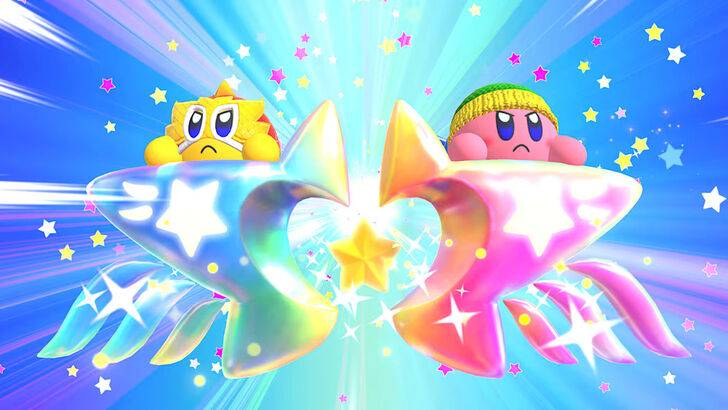
Marketing Kirby as "Super Tuff Pink Puff"
The "Super Tuff Pink Puff" marketing campaign for Kirby Super Star Ultra on the Nintendo DS exemplifies Nintendo's broader effort to avoid the "kiddie" label often associated with their games. Former Nintendo of America Public Relations Manager Krysta Yang discusses the conscious effort to appeal to a wider demographic, particularly older children and teenagers, by emphasizing the combat aspects of the games. While recent marketing has attempted to present a more balanced portrayal of Kirby, his cuteness remains his most prominent characteristic.

Regional Variations in Localization
The differences in Kirby's presentation between Japan and the US extend beyond facial expressions. The 1995 "Play It Loud" advertisement, featuring a mugshot of Kirby, and variations in box art across titles like Kirby: Nightmare in Dream Land, Kirby Air Ride, and Kirby: Squeak Squad, all showcase this. Even the original Kirby's Dreamland for Game Boy featured a ghostly-white Kirby in the US, contrasting with his pink hue in the Japanese version. This was partially due to the Game Boy's monochrome display, but it highlighted the challenges of marketing a "puffy pink character" to a Western audience seeking a "cooler" image.
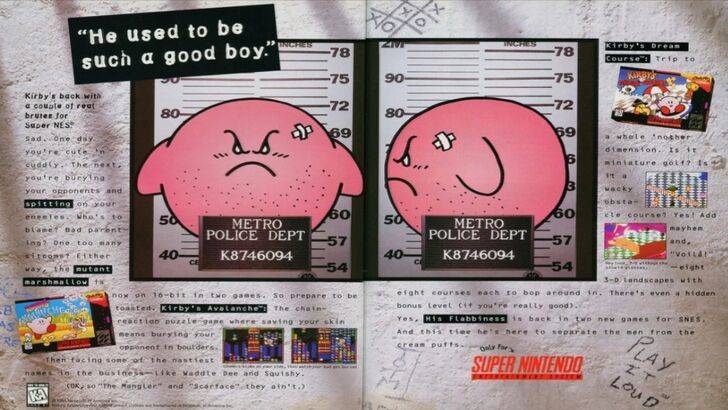
A More Global Approach
Both Swan and Yang agree that Nintendo has adopted a more globally consistent approach in recent years, fostering closer collaboration between the Japanese and American offices. This involves minimizing regional variations in marketing and localization, moving away from past strategies that led to inconsistencies like the 1995 advertisement. While this provides brand consistency, Yang notes a potential downside: a homogenization that could result in less distinctive and engaging marketing. The shift is also attributed to the increasing globalization of the industry and the growing familiarity of Western audiences with Japanese culture.
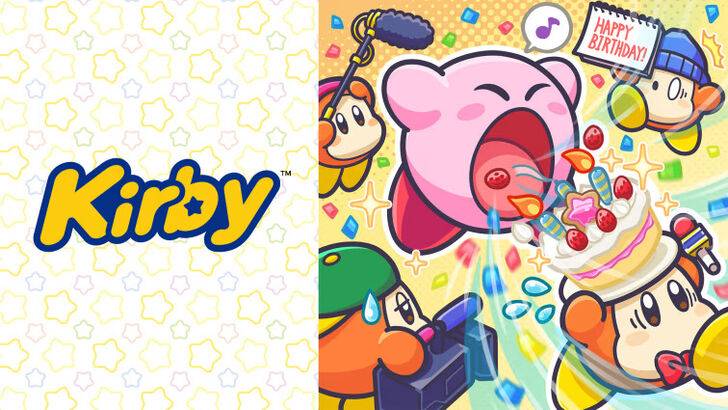
Latest News
more >-
-
-

-

- Fist CCG Duel Best Heroes in 2025
- Dec 21,2025
-
